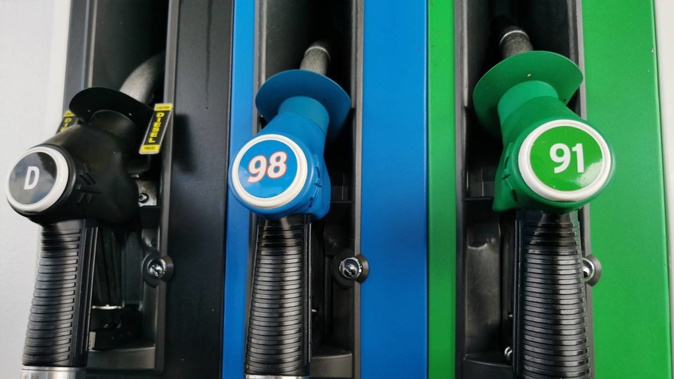
The Government is committing to discounting tax on petrol and subsidising public transport fares for two months longer than planned.
Its petrol excise duty cut will remain at 25 cents per litre until the end of February, before being halved to 12.5 cents until March 31.
Public transport fares will continue to be halved until March 31.
However, the Road User Charge discount will end on January 31 as planned.
Transport Minister Michael Wood made the announcement alongside Finance Minister Grant Robertson announcing his Budget 2023 priorities and the Treasury published its biannual set of economic forecasts, known as the Half Year Economic and Fiscal Update.
Robertson said he intended to keep new operational expenditure over the next few years within the allowances he set in the May Budget.
This includes $4.5 billion of new operational expenditure in Budget 2023 and $3b in each of the next three budgets.
While $4.5b is a large increase by historic standards, rising prices and the fact $2.7b of this sum was allocated to initiatives in Budget 2022, mean Robertson won’t have a huge amount of wriggle room for new initiatives in his election year budget.
He stressed, in his Budget Policy Statement, that “Budget 2023 will involve public agencies examining what needs can be met by reprioritising existing funding”.
He said Budget 2023 would involve “difficult trade-offs” and the Government’s policy would “work in concert” with monetary policy – i.e. the Reserve Bank’s (RBNZ) efforts to cool inflation.
- Mike's Minute: Petrol tax cut exposes Government's economic weakness
- 'Unavoidable rush' at pumps when petrol tax cut ends
This said, Robertson suggested the Government was open to providing more “targeted” support for those struggling due to higher living costs and the recession that’s expected to accompany central banks around the world lifting interest rates.
He also said the pot of money allocated towards new capital expenditure would increase substantially.
At the May Budget, Robertson put $5.1b towards capital expenditure in Budgets 2023 to 2025.
Today, he said this allowance would increase by $9.1b to $12b in Budgets 2023 to 2026.
Robertson wouldn’t specify what this funding would go towards, but noted the size of New Zealand’s infrastructure deficit.
The Treasury expects New Zealand Debt Management will have to issue more debt than planned in May to cover these costs and investment plans.
It expanded its forecast New Zealand Government Bond issuance programme by $18b in the four years to 2025/26 to $108b, and said it planned to issue $20b of bonds in 2026/27.
Nearly $14b of this $128b will fund Kainga Ora – the Government’s housing agency, which previously issued its own debt.
Pulling it altogether, the Treasury continues to expect the Government’s books to return to surplus by 2024/25.
While inflation increases government expenditure, it also causes the tax take to rise.
Nonetheless, the Treasury believes there’s no escaping worsening economic conditions and a recession in 2023.
It sees the economy contracting by 0.8 per cent across three quarters in 2023, and the unemployment rate rising to 5.5 per cent in 2024.
These otherwise gloomy forecasts are slightly more upbeat than the RBNZ’s, released last month.
The Treasury’s forecasts were made before the RBNZ issued its November monetary policy statement, in which it took an even more hawkish turn, projecting more aggressive official cash rate hikes.
Accordingly, the RBNZ forecast negative growth in four quarters and the unemployment rate peaking at 5.7 per cent.
Take your Radio, Podcasts and Music with you









